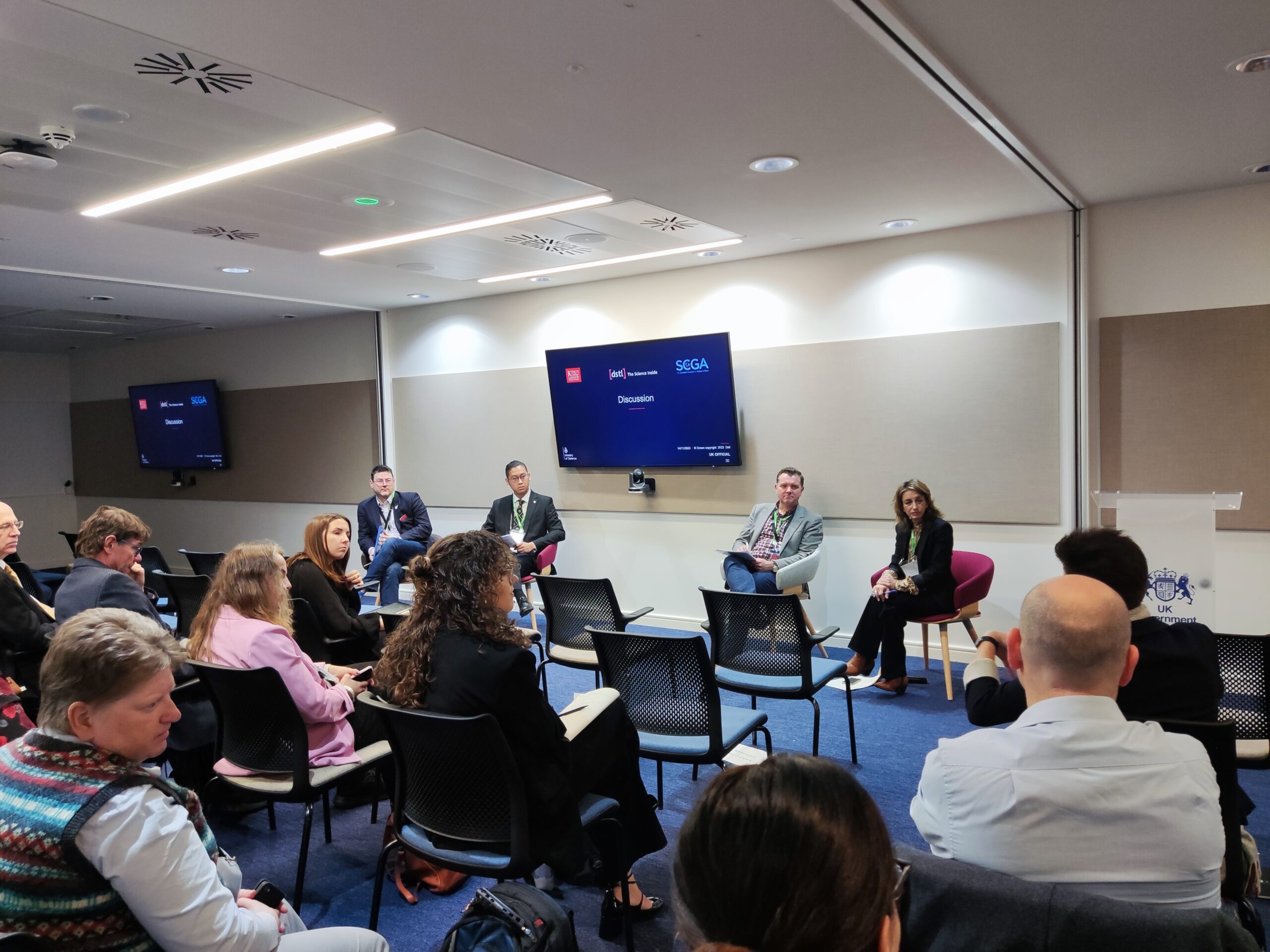Elemendar is proud to be one of the main sponsors for the upcoming Safe House Global event on Multi-Modal Warfare! Safehouse events are known throughout the industry as being at the cutting edge of cyber threat intelligence (CTI), with this event and its focus on the conflict in Ukraine being no exception to this rule.
While Safe House and those around it have been involved in CTI for years, with the rapid expansion of cyber security, many people working within the field are not as readily familiar with some of the more esoteric concepts of the discipline as some of the “old hands.” As such you may be thinking “what does Multi-Modal Warfare have to do with me and the wider practice of cyber security?”
Multi-Modal Warfare is all-encompassing, cyber-dependent, and coming of age
The “so what?” question outlined above is a good starting point, so let’s define some terms. In my view Multi-Modal Warfare has the following features:
- Multi-Modal Warfare combines many elements of warfighting into a “total conflict” between adversaries – these elements include conventional military forces, unconventional military forces, civilian efforts, lawfare, media/information operations and political manoeuvring – incorporating all facets of Lasswell’s DIME: information, diplomacy, economics and military (words, deals, goods, and weapons).
- “The Cyber” also plays a major part within all of these forums of war: from facilitating Intelligence, Surveillance, Target Acquisition and Reconnaissance (ISTAR) capabilities, to Computer Network Attack (CNA), Computer Network Defence (CND) and espionage (Computer Network Operations, CNO).
- The conflict in Ukraine represents a new strategically significant development for this form of conflict, features of which have been clearly developing since at least the end of World War Two.
So how does that affect me?
It is evident that the above would affect anyone in uniform or in the public sector; however, if you are working in the private sector it may be a little less obvious how a conflict like Ukraine may impact you.
The answer to this question can be summarised in one word – asymmetry.
Asymmetric warfare makes Multi-Modal Warfare relevant to everyone
Asymmetric warfare is defined by the Encyclopaedia Britannica as:
“[the employment of] unconventional strategies and tactics adopted by a force when the military capabilities of belligerent powers are not simply unequal but are so significantly different that they cannot make the same sorts of attacks on each other.”
This definition does not however include that within the context of an asymmetric conflict, the target of the combatants is often civilian populations. The intent of this targeting can be aggressive or benign in nature and can include so called “soft power” techniques (e.g media operations designed to win “hearts and minds”) or “hard power” techniques (e.g terrorism and guerrilla warfare).
Within a cyber asymmetric conflict, cyberspace is a medium via which hard and soft cyber powers are projected. Within the context of the Ukrainian conflict, this has taken the form of adversaries spreading disinformation via social media platforms (soft power) and alleged destructive cyber-attacks on infrastructure (hard power).
Civilian economic sectors within the crosshairs
Asymmetric warfare is just one small component of the wider ‘multi-modal conflict’ that is currently being played out in Ukraine. It is an important component however, as it opens the doors for adversaries within the conflict to start targeting an opponent’s private sector as part of a wider set of operations.
Even before the Ukrainian conflict, cyber-attacks had become a strategically significant tool for adversaries to achieve tangible goals. The conflict in Ukraine has brought violent conflict back to mainland Europe and with it an increased cyber risk.
If you liked this piece of writing, watch this space for more analysis on the implications of multi-modal and asymmetric warfare.








